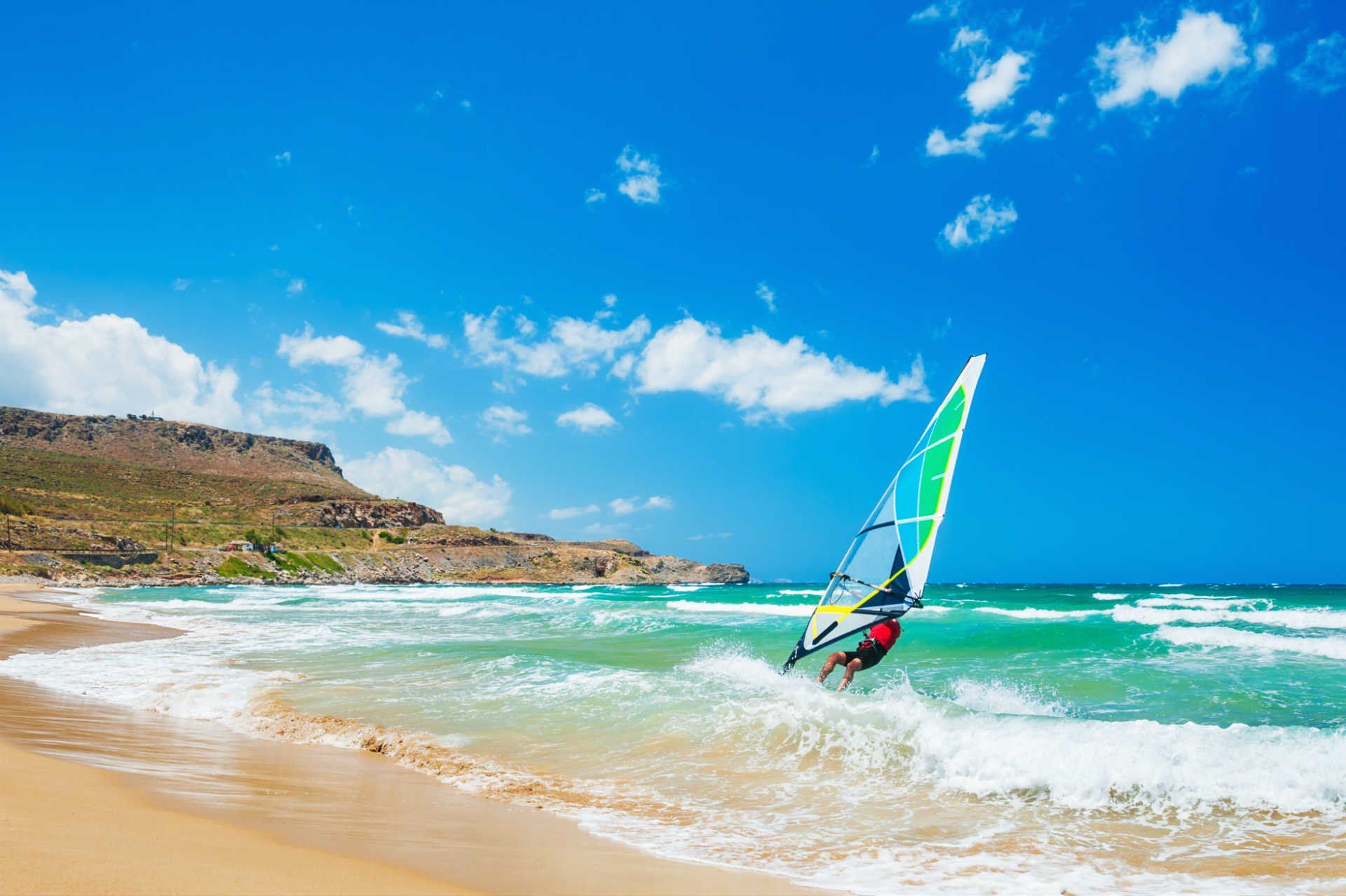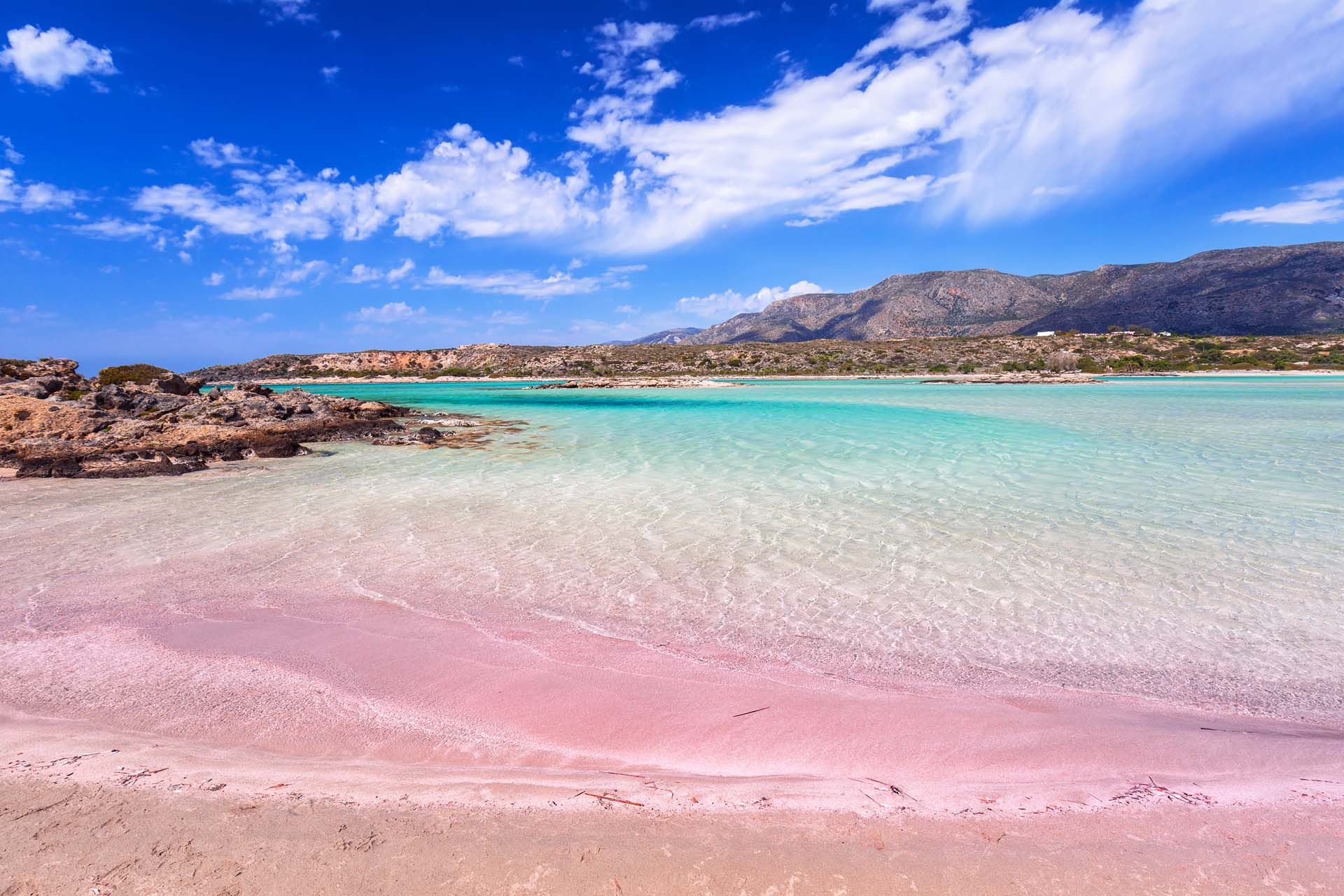Tips for travelling to Crete in January
What to wear in Crete in January
As you’ll have gathered from reading about the average temperatures, the weather in Crete in January isn’t exactly hot!
So, you’ll want to wear a coat and pack plenty of jumpers and scarves. You’ll also want waterproof outer attire and a brolly.
Check for seasonal closures
Before setting your heart on a particular hotel or resort, be sure to check it’s open in January. Many places close their doors during the quieter winter months.
The same goes for some restaurants, bars and clubs. So, if you’ve previously visited in the summer high season and are hoping to return to some of your favourite spots, be aware that they won’t all be open.
You’ll also want to research flights and flights in good time — there’ll be fewer running in January.
Be aware of limited public transportation options
Related to seasonal closures, if you’re planning to visit Crete in January, consider hiring a car to make sure you don’t miss out on exploring the island.
While the peak season period comes with reliable island-wide public transport, many services are reduced — or stop completely — during the low season.












